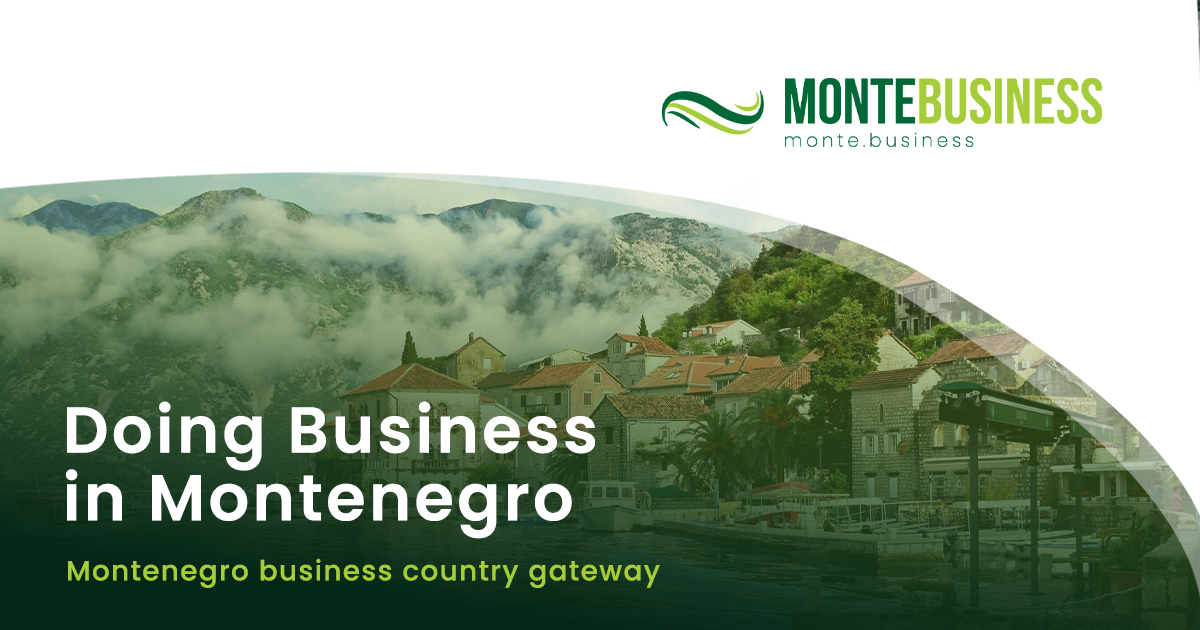In an interview with CdM portal, Minister of Maritime Affairs Filip Radulović emphasized the need to integrate the Port of Bar with the Port of Adria company, currently managed by the Turkish company Global Ports, in order to enhance the port’s development potential and contribute more significantly to Montenegro’s economy. He also announced plans to introduce three new maritime routes during the summer season.
Radulović stated that the maritime industry in Montenegro has a future, but its survival and development depend on adapting to modern global trends and strategic actions at the national level.
“Montenegro, as a maritime nation with a rich tradition, has significant potential. A priority is modernizing the fleet, investing in green technologies, and digitalizing to align with the European Union’s environmental standards. Investments in infrastructure modernization and increasing the competitiveness of our ports in the regional market are crucial. Montenegro can further develop nautical tourism, improve marine infrastructure, and offer top-notch services in this market. It’s very important to focus on training professional personnel, collaborating with international companies, and enhancing the employability of our seafarers,” said Radulović.
According to him, for the Port of Bar to have greater developmental potential and contribute significantly to Montenegro’s economy, it is essential to merge it with Port of Adria, which is currently managed by the Turkish company Global Ports.
“I believe the separation of these two companies was a mistake that harmed Montenegro’s economic interests. We are ready to purchase Port of Adria, but only at a fair price and if there is an agreement on the value of the shares. The Hamburg Port Consulting company is currently conducting a detailed analysis of Port of Adria’s operations, after which we will have a clearer picture of the company’s status. I believe the analysis will be completed by the end of February, and after that, we will move to the negotiation phase with the current owners to define the terms for a possible purchase and merger. Merging these two companies is of strategic importance for Montenegro and is a priority for the Ministry of Maritime Affairs,” he added.
Regarding the operations of Bar and Montenegrin Shipping companies, Radulović explained that both companies are facing a range of challenges, starting with significant fluctuations in freight rates on the global maritime market, which have made it difficult for them to repay loans to Exim Bank with their own resources.
“These shipping companies are not sustainable in the way they have operated so far, especially considering the upcoming obligations related to the repayment of non-compliant state aid, which will further burden the operations of both companies. I believe restructuring is the only way to try to save the ships and companies. The restructuring should lead to a reduction in operating costs compared to total revenues,” said Radulović.
Speaking about the new Maritime Safety Act, the minister explained that it will regulate areas that could not be properly addressed by the current law.
“This primarily concerns maritime safety in terms of the participants in maritime traffic and the types of vessels. We are witnessing compromised safety in the waters of the Bay of Kotor and Lake Skadar due to increased vessel traffic for economic activities like passenger transport. One of the ideas is to make the Automatic Identification System (AIS) mandatory for this type of vessel, both for the safety of passengers and for more efficient traffic monitoring,” he clarified.
He added that the new law will also regulate the rental of vessels and impose strict penalties for non-compliance with regulations.
“One of the things to be regulated is the tender vessels from cruise ships, which occupy a significant place in the intensity of traffic during the summer tourist season. The law will also introduce new regulations for yachts and inland navigation,” said Radulović.
The Minister also highlighted that the Montenegrin Government is committed to expanding the maritime network and strengthening ties with neighboring countries.
“I am particularly proud that we managed to restore the Bar-Bari maritime route, which will operate from the end of June to the end of September next year. Additionally, a new route, Kotor-Dubrovnik, will be operational for the next summer tourist season. The Budva-Dubrovnik line, which operated last summer, will also continue, and it fully met expectations. By restoring and establishing new maritime routes, we reaffirm our commitment to developing maritime infrastructure and connecting Montenegro with the region and beyond. Every new line strengthens our economy, boosts tourism, and opens new opportunities for citizens and the economy. These initiatives are a step closer to positioning Montenegro as a key point on the Adriatic’s maritime map.”
When asked whether Montenegro has the funds to purchase ships for maritime connections and how much money would need to be allocated for such a project, Radulović responded that the question isn’t whether Montenegro has the money to buy new ships, but rather if purchasing these ships is economically viable.
“All the analyses done show that maintaining a maritime route with Italy, with the current expected volume of passengers, cars, and trucks, is economically unfeasible for any company operating the ship. On the other hand, the overall effects of connecting by sea with Italy would be positive for the tourism industry and the indirect effects of such a route. We have the example of Croatia’s Jadrolinija, which operates multiple routes to Italy from Croatia and only becomes profitable in that way. No company operating a single route with a highly seasonal character can operate profitably. Large ships capable of operating the Bar-Bari route cost around 20 million EUR, but they are 25-30 years old. New ships are far more expensive, with prices reaching up to 80 million EUR,” concluded Radulović.








